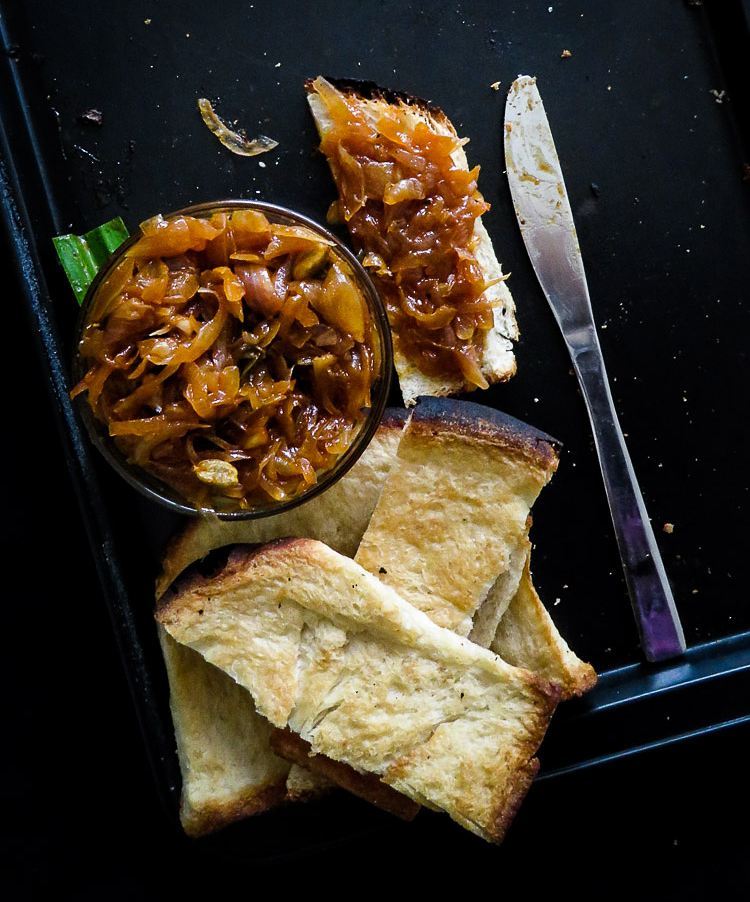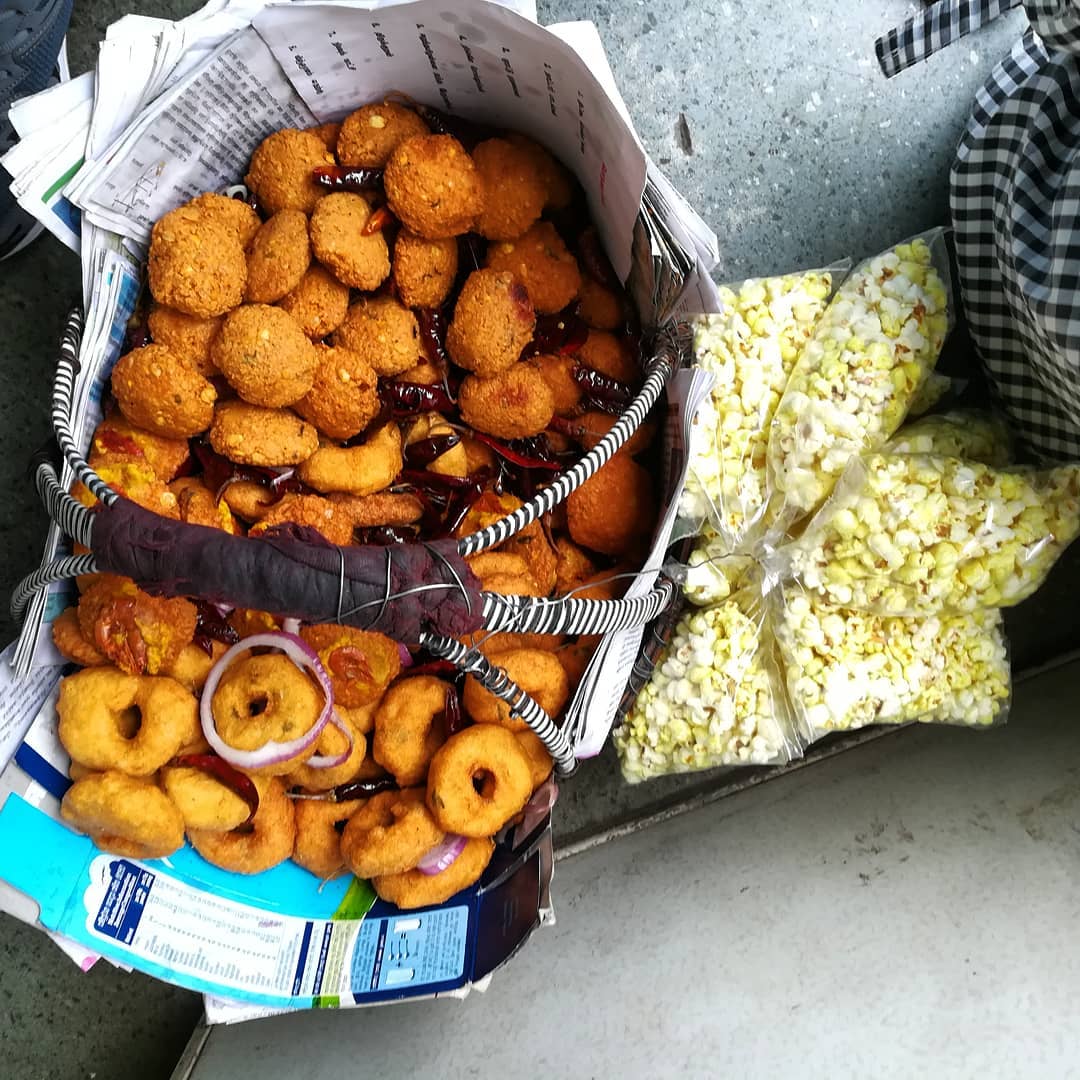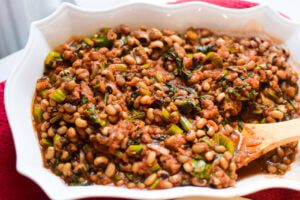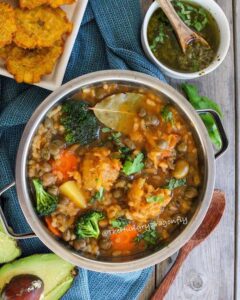Culture Tuesday is a new weekly column in which Best of Vegan Editor Samantha Onyemenam explores the cuisines of different cultures across the globe through a plant-based and vegan lens. Click here to read her column about Indian Cuisine, here to read her column about Nigerian cuisine and here to read her column about Native American cuisine of North America.
Culture Tuesday – Vegan Sri Lankan Cuisine
Sri Lanka is a tropical island nation that boasts an abundance of fresh fruits, vegetables, herbs, spices, and grains making it one of the best destinations for vegans. Due to historical events such as the Maritime Silk Road and colonization by Europeans, the Sri Lankan cuisine of today features influences from Portuguese, Moor, Native American, Dutch, Spanish, English, Malay, Indonesian, Indian, and other South Asian and Southeast Asian cuisines. Despite these influences, Sri Lankan cuisine takes a unique spin on dishes resulting in a plethora of foods that taste noticeably different from that of their influencers.
The Culinary Keystone
Rice is one of the most important vessels used to carry the distinct and prominent flavours of Sri Lankan food.
The cuisine is characterized by its range of rice dishes made from a wide variety of rice types, as well as dishes containing coconuts, tropical fruits, vegetables, warm spice blends, strong flavors from pickling or caramelizing, and fiery heat from the use of chillies. Rice is one of the most important vessels used to carry the distinct and prominent flavors of Sri Lankan food. It is usually boiled or steamed and paired with a curry such as polos (young jackfruit curry), kiri kos (young jackfruit curry cooked in coconut milk), green mango curry, parippu (lentil curry), potato curry, beetroot curry and ela batu (Thai eggplant curry).
However, rice is also often made into dishes such as kiribath (porridge made from rice cooked in coconut milk), appam/hopper (fermented rice flour pancakes) idiyaooam/string hopper (rice noodles), lamprais (rice cooked in boiling stock), aluwa (rice flour pastries) and pittu (steamed or roasted cylinders of ground rice and coconuts).


Coconuts are an ever-present source of food and drink in Sri Lanka.
Coconuts are an ever-present source of food and drink in Sri Lanka. Coconuts are used in the forms of coconut water, coconut oil, coconut treacle, shredded/desiccated coconuts and coconut milk to make an array of dishes such as pol sambol (a spicy coconut relish), coconut roti (a flatbread made with coconuts), kale mallum/green malum (a stir fried mixture of kale or other leafy greens with shredded coconut), halapa (a steamed mixture of millet flour, coconut flour and jaggery), bibikkan (a sweet coconut cake), kokis (a crispy rice flour and coconut milk biscuit) and some of the aforementioned rice dishes, to name a few.


The leaves of some of the tropical fruit trees are used as wraps for steaming or serving dishes.
The tropical fruits are eaten raw on their own or in salads. However, they are also cooked in the process of making a range of dishes such as polos (jackfruit curry), kos ata kalu pol maluwa (jackfruit seed curry), green mango curry, deep-fried jackfruit seeds. Vegetables are used similarly to make curries and side dishes that enhance meals both in terms of flavour and nutrition. The leaves of some of the tropical fruit trees are used as wraps for steaming or serving dishes. These include the banana leaf, bamboo leaf, and kenda kole (kenda leaf) with the latter used to flavor dishes too.
There are rules and practices for the handling of spices
In Sri Lankan cuisine, spices are used, not just to flavor food, but also to give them a fragrance and color. Care and attention are given to the spices when forming spice blends or combinations in dishes to ensure the final dish is rich and aromatic. There are rules and practices for the handling of spices such as not combining more than 20 spices, heating the spices in oil to enhance their flavor and smell, and choosing unprocessed spices where possible for a better flavor and aroma.


Several the commonly used spices in Sri Lankan cuisine were acquired during the spice trade while others are native to Sri Lanka
Several commonly used spices in Sri Lankan cuisine were acquired during the spice trade while others are native to Sri Lanka. These spices include kaha (turmeric), karapincha (curry leaves), kurundu (cinnamon in the form of cinnamomum verum), sadikka (nutmeg), wasawasi (mace), gam miris (black, white and green pepper), fenugreek, sera (lemongrass), coriander seeds, mustard, karambunatti (clove) and enasal (cardamom). Spice blends such as the Sri Lankan curry powder are made using a combination of some of these spices.
Aromatics such as ginger, garlic, shallots and onions are also often used to impart flavour in Sri Lankan dishes.
The roasted Sri Lankan curry, although its recipe might vary with region and household, typically consists of coriander seeds, cumin seed, black peppercorn, rice, black mustard seeds, cloves, curry leaves, green cardamom seeds, and fennel seeds. They tend to be roasted in a dry pan to enhance their flavors before they are ground together. Alternatively, they are fried to achieve the same effect at the start of a dish and the fried spices are also used to garnish dishes after being cooked. Aromatics such as ginger, garlic, shallots and onions are also often used to impart flavour in Sri Lankan dishes.
The cuisine did not feature chillies until the colonisation of the Americans by the Europeans
Chillies are used to give dishes flavor, heat, and color. It is believed that the darker and more prominent the redness of a dish, the hotter/spicier it is likely to be. Chillies were not always a part of Sri Lankan cuisine. The cuisine did not feature chillies until the colonization of the Americans by the Europeans. The Spaniards took the chillies from the Native Americans and transported them to Sri Lanka (and other nations) where they became a popular part of the cuisine and over 60 species were cultivated.


On The Side
Main dishes in Sri Lankan cuisine are always served with sides
Main dishes in Sri Lankan cuisine are always served with sides such as pol sambol (coconut relish), seeni sambol (spicy caramelized onion relish), lunu miris sambol (savory onion relish), bonchi thel dala (spicy green beans stir fry), brinjal moju (picked aubergines/eggplant), and pappadum (lentil crisps). They are traditionally scooped with the main form of carbohydrate using fingers although they are also often scooped onto pappadums, manioc crisps, or roti using a spoon. Side dishes can be found at every meal regardless of the time of day similar to the curry dishes.
Although most side flatbreads are gluten-free due to the predominant use of rice flour, areas more influenced by the Indian cuisine feature flatbreads made from wheat or legumes such as dosa and gambota roti (a flaky roti/layered pancake).


Short Eats
Short Eats are handheld treats or snacks commonly found as street foods, but also at events and some indoor food establishments
Short Eats are handheld treats or snacks commonly found as street foods, but also at events and some indoor food establishments. During the colonial era, in which ‘short eats’ seems to have originated, this included small meals you could find at Afternoon Tea in the UK. However, in more modern times, they have evolved to reflect the local cuisine. The short eats available include kotthu (fried disintegrated gambota roti and vegetables), samosas, spicy chickpeas, filled/stuffed roti rolls, patties, sweet filled/stuffed coconut pancakes, buns stuffed with seeni sambol, boondi ladoo (deep fried sweet chickpeas flour pastry), vadai (lentil fritters), kesari (orange sweet semolina cakes) and sandwiches filled with pol sambol or a curry. They are often served in paper bags or wrapped in loose sheets of paper.
Vegan Sri Lankan Jackfruit Curry Recipes
Here is the recipe to two of the dishes mentioned in this article – Polos (Green/Baby/Young Jackfruit Curry) and Kiri Kos (Mature Jackfruit Curry). Both dishes are traditionally vegan, and their linked recipes were developed and published by Jehan, the founder and author of IslandSmile.org and @islandsmile178 on Instagram.
Sri Lankan Green Jackfruit Curry Polos by Island Smile
Click here for the full recipe.


Sri Lankan Jack Fruit Curry Cooked in Coconut Milk by Island Smiles
Click here for the full recipe.


If you loved this article on vegan Sri Lankan Cuisine, you might also like:
- Culture Tuesday: An Exploration of Indian Cuisine
- Culture Tuesday: An Exploration of Nigerian Cuisine
- Culture Tuesday: 10 Vegan Nigerian Recipes You Need To Try
- Culture Tuesday: An Exploration of Native American Cuisine of North America
PIN/SAVE/SHARE THIS ARTICLE












